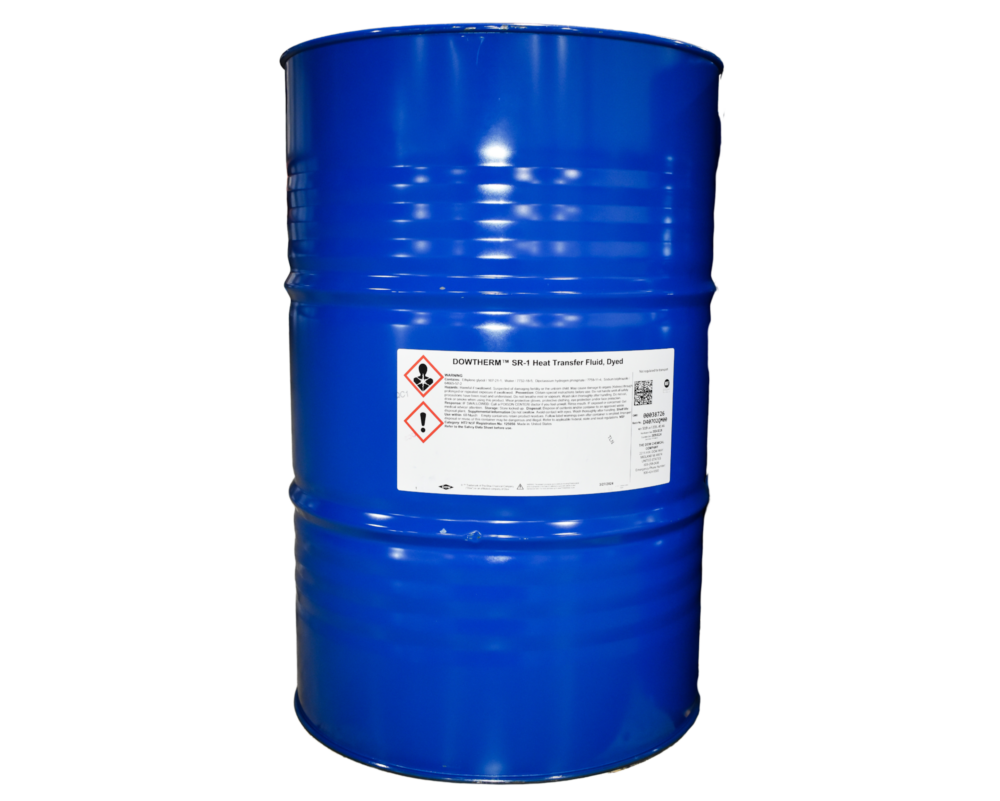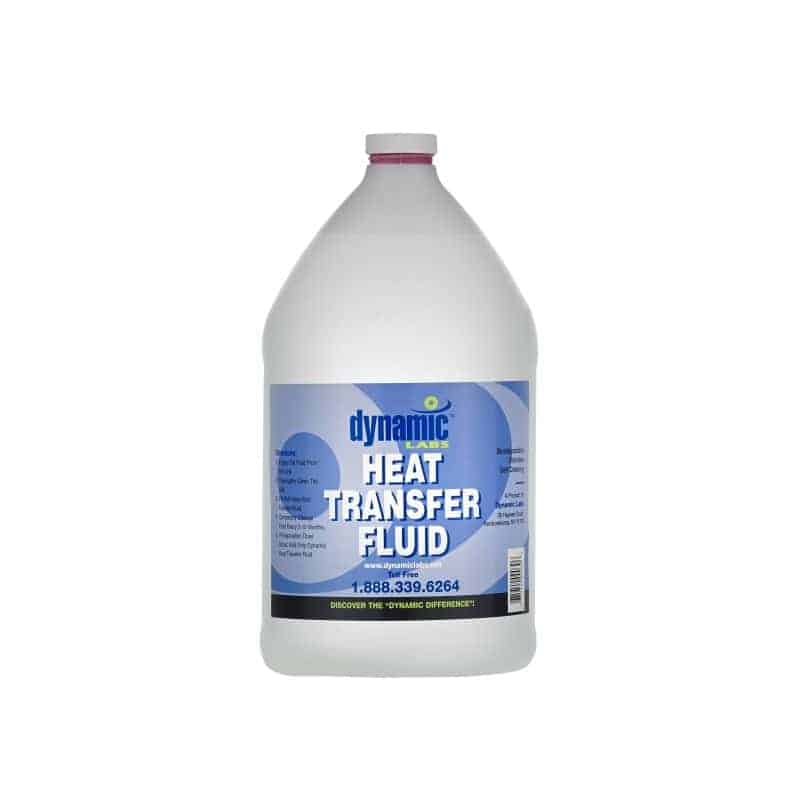How Warmth Transfer Fluid Adds To Lasting and Affordable Workflow
In the contemporary industrial landscape, the duty of warm transfer fluids (HTFs) in advertising sustainable and affordable operations can not be overemphasized. These fluids are crucial in enhancing thermal management systems, consequently substantially improving power effectiveness and reducing functional costs. Moreover, the environmental advantages of sophisticated HTFs, with their high thermal security and reduced poisoning, are undeniable. They not just prolong system durability but also contribute to the reduction of damaging exhausts. Yet, the true potential of HTFs is realized via the precise option process, making sure compatibility and safety. Yet what factors should direct this essential choice?
Recognizing Warmth Transfer Liquids
In the world of thermal monitoring, warm transfer liquids (HTFs) serve as necessary representatives for moving thermal energy from one place to another. These fluids play a critical role in different industrial applications, including chemical handling, power generation, and HVAC systems. HTFs are specifically engineered to run within a large range of temperatures, efficiently assisting in the transfer of warmth while preserving a stable thermal profile. Their capacity to work under extreme conditions-- whether high temperatures or cryogenic levels-- makes them crucial in settings demanding precise thermal control.
The structure of heat transfer liquids can vary significantly, consisting of choices such as mineral oils, artificial oils, glycols, and molten salts. Each kind offers distinctive advantages, such as boosted thermal stability, reduced thickness, and high boiling factors, which are picked based upon particular functional demands. The choice of HTF effects not just the efficiency of warmth transfer yet additionally the longevity and safety of the system in which it is used.
As sectors remain to introduce, the development of innovative HTFs, defined by their improved thermal conductivity and reduced ecological impact, is vital for satisfying the needs of modern-day thermal administration obstacles.

Enhancing Power Efficiency

Improving energy performance has actually ended up being a paramount issue across different sectors, motivating a more detailed exam of heat transfer liquids' function in optimizing thermal administration systems. These liquids are essential to preserving the wanted temperature level in procedures, thereby reducing power waste and boosting total system efficiency. By selecting an ideal warm transfer fluid, sectors can dramatically improve their energy efficiency, leading to lowered energy consumption.

Advanced formulations of warm transfer liquids have been developed to hold up against severe temperature levels while preserving stability and effectiveness. These developments expand the functional life expectancy of the fluid, decreasing the frequency of replacements and energy-intensive maintenance tasks. In addition, the use of artificial or bio-based liquids offers fringe benefits in terms of minimized environmental impact, aligning with global sustainability goals. Consequently, enhancing power effectiveness via optimal warm transfer fluid choice is not just a technological necessity but additionally an ecological critical.
Minimizing Operational Prices
Operational expenses are a substantial factor to consider for sectors seeking to maintain affordable benefit, and the option of warm transfer fluid plays an important duty in expense monitoring. Choosing an ideal heat transfer fluid can cause substantial expense financial savings by boosting system effectiveness and decreasing energy consumption. High-performance liquids decrease thermal destruction, which subsequently minimizes the frequency of liquid substitute and downtime related to maintenance, consequently lowering operational expenses.
Additionally, warmth transfer fluids with remarkable Get the facts thermal security and rust resistance extend the life expectancy of tools. This lowers the demand for regular repair services and substitutes, which can be pricey and turbulent to procedures. By investing in high-grade liquids, markets can achieve long-lasting reductions in upkeep prices and boost the dependability of their systems.
Additionally, progressed heat transfer liquids frequently show reduced viscosity at operating temperature levels, which boosts pump efficiency and minimizes energy use in liquid circulation. Several modern warm transfer fluids Visit This Link are crafted to operate successfully over a wide temperature range, reducing the requirement for several fluid types, therefore simplifying supply requirements and minimizing connected prices.
Ecological Influence Reduction
The press towards lowering environmental influence has acquired energy in sectors leveraging warmth transfer liquids. Warmth transfer fluids (HTFs) play an essential duty in this shift, offering possibilities to improve energy performance and reduce exhausts - heat transfer fluid.
Additionally, the usage of sophisticated heat transfer fluids adds to better system performance, reducing the total energy consumption. This reduction not just results in price financial savings yet additionally reduces co2 exhausts, aiding in the battle versus climate modification. Liquids that are eco-friendly and recyclable further improve sustainability efforts, as they diminish waste and promote round economic climate practices.
In addition, including HTFs into closed-loop systems stops fluid loss and contamination of the surrounding setting. This method makes certain that fluids are recycled, reducing the need for brand-new resources and limiting waste generation. By welcoming these ecologically aware methods, markets can significantly reduce their eco-friendly impact while preserving high operational efficiency, lining up with international sustainability objectives and regulatory needs.
Choosing the Right HTF
Choosing the appropriate heat transfer fluid (HTF) is an important step in advancing environmental sustainability within commercial procedures. The selection of HTF straight affects system effectiveness, power usage, and ecological influence. A suitable HTF needs to have a high thermal ability, low viscosity, and high thermal conductivity to make sure efficient heat transfer. Furthermore, its stability over a wide temperature variety is critical to avoid deterioration, which can result in enhanced emissions and waste.
This guarantees long life and minimizes maintenance expenses. The fluid ought to be safe and naturally degradable, minimizing its eco-friendly footprint and making sure compliance with environmental laws.
Final Thought

Comments on “Why Routine Maintenance of Heat Transfer Fluid is Critical for System Long Life”